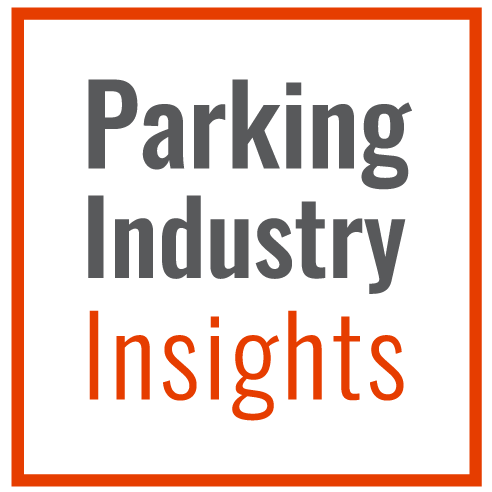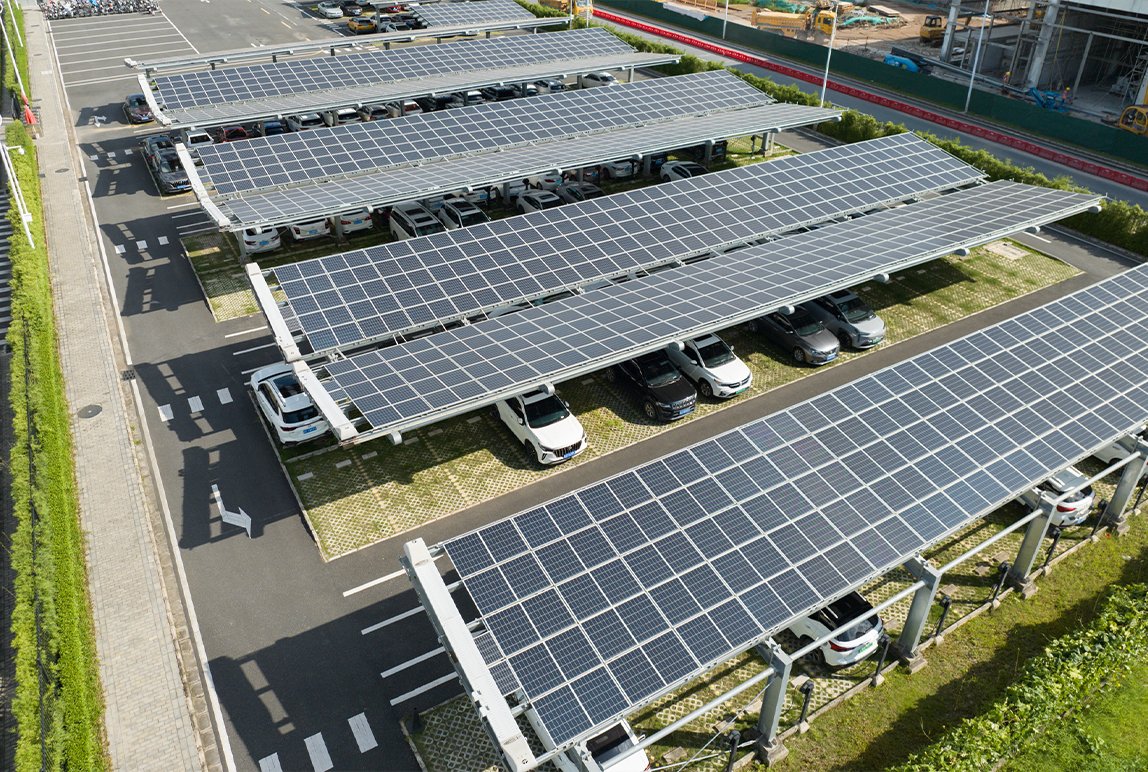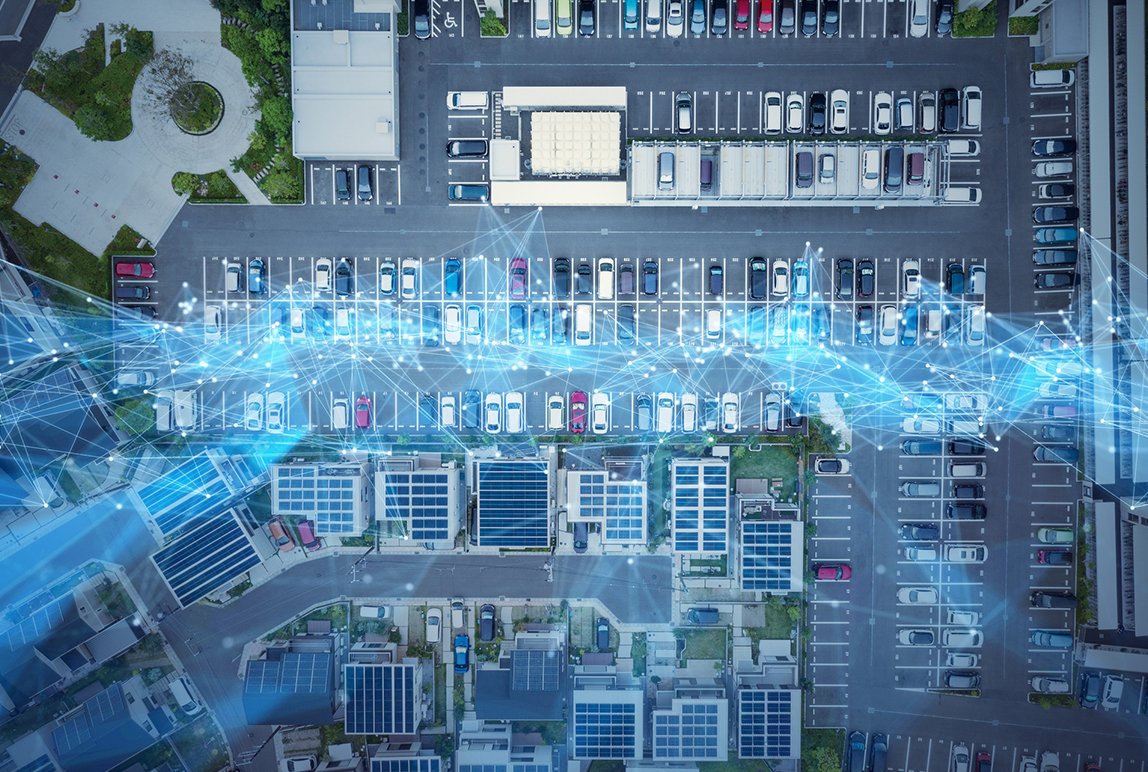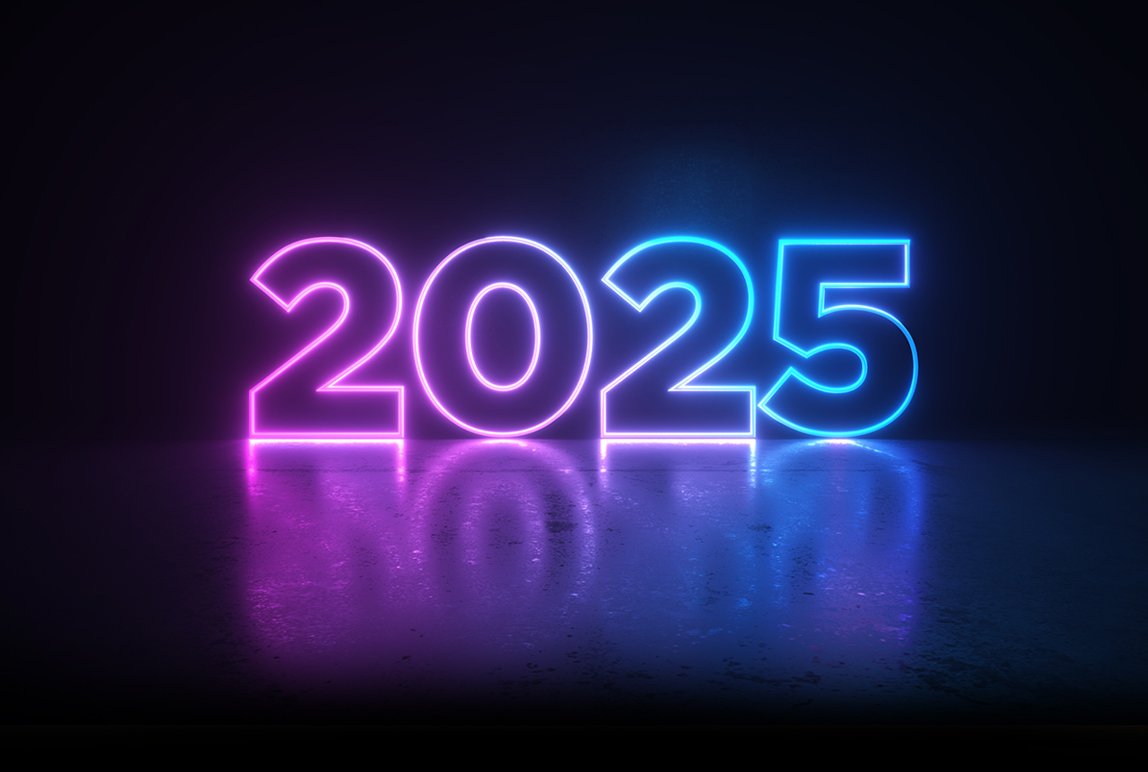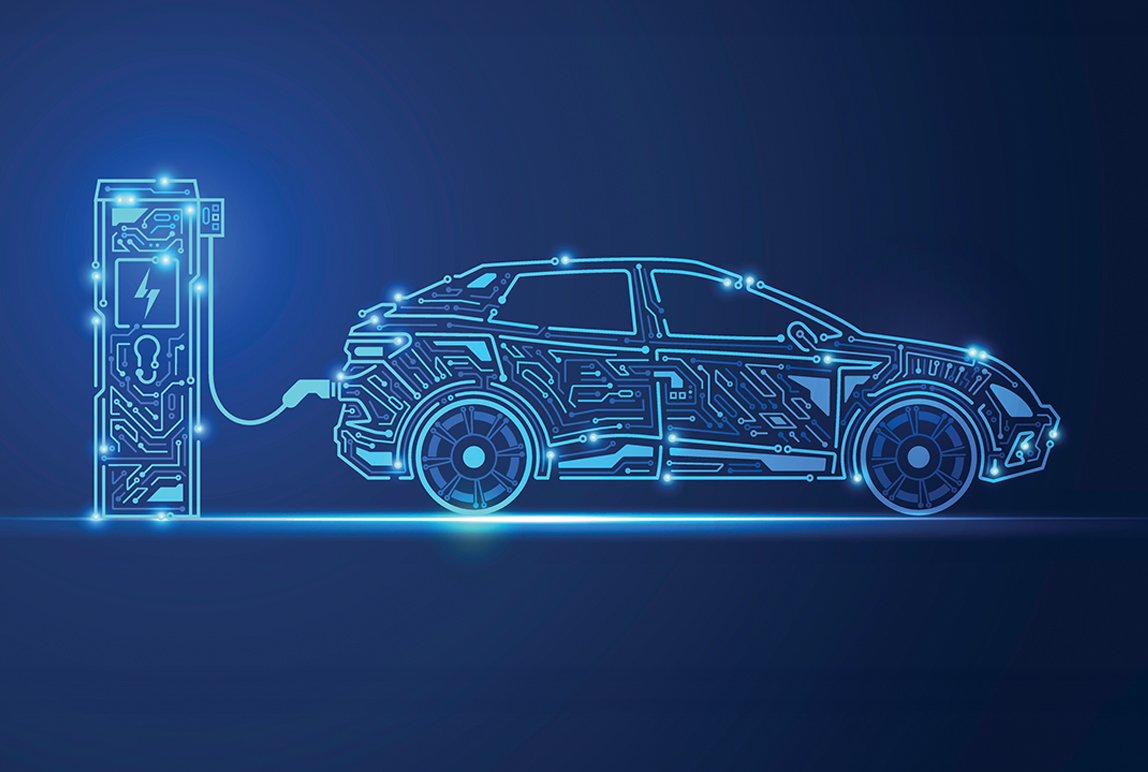Coordination is the Key to Achieving Connected Mobility
Posted: July, 20, 2020 12:38PM ET • 5 min read
We live in a connected world where we can manage much of our lives, both at home and work, with our phones, tablets, and desktop computers. We can turn on the lights, turn up the heat, and make coffee with the push of a smart phone button, even if we aren’t home. And if you are an avid shopper, chances are you shop as much or more with your phone, tablet, or computer as you do in brick and mortar stores. Connectivity has transformed our lives, and nowhere is this more evident than with mobility and parking.
The parking experience has been revolutionized by technology. Advanced PARCS, parking guidance technology, LPR, mobile payment, and parking pre-booking platforms (to name just a few) haven’t just improved the parking experience—they’ve enhanced mobility.
When it comes to parking technology and mobility, our aim must be to achieve connected mobility, a seamless parking experience where we can reserve a parking space before we leave our homes, get direct guidance to our reserved space (or to an available space if we don’t pre-book), and enter and leave the garage without lifting a finger or stopping to take a ticket or pay with a credit card. In addition to dramatically improving the parking experience, connected mobility also provides parking owners and operators invaluable data about how there parking assets are being utilized.
Connected Mobility
The whole point of mobility is to facilitate movement for users of all modes of transportation. In America, most people get around in private vehicles, but many use public transit, bicycles, and TNCs. Parking technology plays an essential role by helping drivers quickly and efficiently find available parking and access that parking. When drivers aren’t circling city blocks looking for elusive parking, there’s less congestion and curb space is cleared up for other uses, such as drop-offs and deliveries, bicycle and scooter sharing programs, and more accessible pedestrian traffic.
Connected mobility revolves around combining different connected technologies into single technology suites that improve the parking experience and make parking more efficient. When technologies are effectively combined, drivers can conveniently enter garages without stopping to take a ticket, are directed to available parking by parking guidance systems, and are automatically charged through one of a number of different payment methods. Systems can even include parking pre-booking platforms that permit drivers to reserve and pay for a space before they even leave the house.
The foundation of any integrated parking suite is access and revenue equipment. When we think of connected mobility, PARCS equipment is the nerve center of the integrated suite because it controls access and egress. All of the other elements of the suite are connected through it. Typically, when a driver enters a parking facility offering connected mobility, that driver’s credentials are recognized by the system and associated with a payment account. This can happen in a number of ways. In some facilities LPR equipment records the driver’s information and associates the vehicle with his or her credential. In others, RFID technology recognizes visitors’ parking lease tags, employee badges, drivers’ licenses or other identification cards, or even hotel room keys, admitting authorized drivers to parking facilities or specially-designated areas within a parking facility. BLE systems, on the other hand, recognize Bluetooth signals from cell phones and other Bluetooth enabled devices to identify parkers. Facilities can also utilize a combination of these technologies to provide maximum convenience.
When the driver is ready to leave the facility, the system recognizes the driver and charges his or her card (or recognizes if the driver has already paid). When payment is satisfied, the gate opens and the parker is able to exit the facility.
The benefits of connected mobility to the parker are obvious. When drivers can quickly and conveniently enter and exit facilities with a minimum of effort on their part, the parking experience is more pleasant. Likewise, the mobility and curb management benefits are equally apparent because by guiding drivers to parking spaces and facilitating quick entry and access to spaces, the technology reduces roadway congestion and helps improve curb management.
But these same advantages present important management benefits as well. The same systems that oversee entry and egress from a garage also record user data and information about parking habits. This data can be used to better manage facilities, improve pricing strategies, and even develop loyalty and other related marketing programs. So, while parking owners and municipalities are improving the parking experience and promoting mobility and improved curb management by implementing connected mobility, they are also gaining a powerful tool for improving the management of those very same parking assets.
The Future is Connected
Connected mobility is the next logical step in promoting mobility. Individually, the various parking technologies that have become ubiquitous over the past decade—PARCS, vehicle and driver recognition, automatic payment, parking guidance, and pre-booking—dramatically improve the parking experience. However, when combined into an integrated parking technology platform, they become a powerful tool for enhancing mobility and providing more control of the curb. Mobility is a key to urban and transportation management and will continue to drive planning in the coming decades, and connected mobility will be a key to assuring the success of mobility and curb management strategies.
Share Article:
ABOUT THE AUTHOR
Chris McKenty
Vice President
SKIDATA is an international leader in the field of access solutions and their management. Almost 10,000 SKIDATA installations worldwide in ski resorts, stadiums, airports, shopping malls, cities, spa & wellness facilities, trade fairs and amusement parks provide secure and reliable access and entry control for people and vehicles. SKIDATA places great value in providing solutions that are intuitive, easy to use, and secure. The integrated concepts of SKIDATA solutions help clients optimize performance and maximize profits. SKIDATA Group (www.skidata.com) belongs to the publicly traded Swiss Kudelski Group (www.nagra.com), a leading provider of digital security solutions.
Questions?
Fill out the form below and we will do our best to connect you with a suitable contact.
